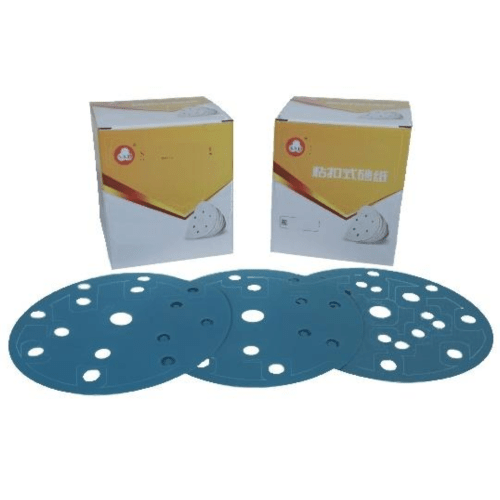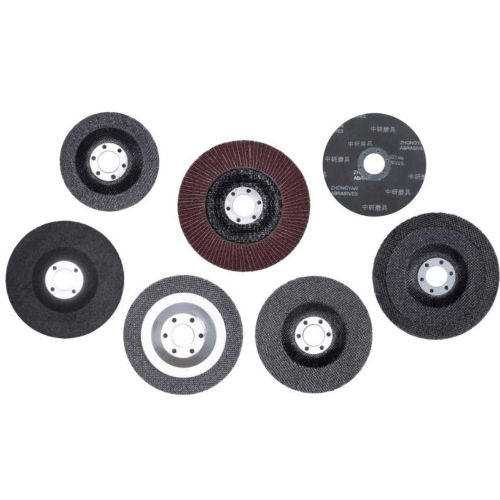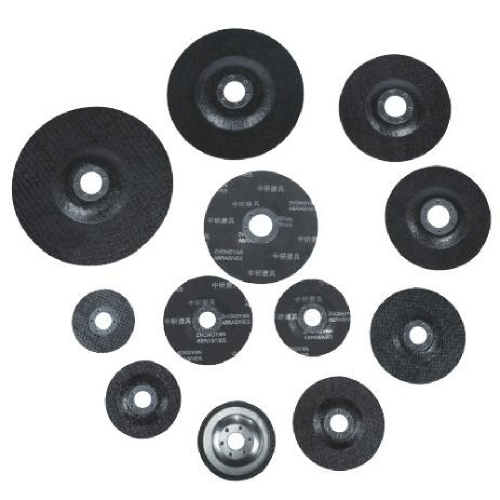bond hardness
Bond hardness is a crucial parameter in material science that measures the resistance of chemical bonds to deformation or breaking under applied force. This fundamental property determines the durability, strength, and overall performance of materials in various applications. Bond hardness is typically measured on standardized scales, such as the Mohs scale for minerals or the Vickers hardness test for metals and ceramics. The measurement involves sophisticated techniques that analyze the interatomic forces and electronic structures within materials. In industrial applications, bond hardness plays a vital role in determining material selection for specific uses, from cutting tools to protective coatings. The property is influenced by several factors, including atomic arrangement, electron configuration, and environmental conditions. Understanding bond hardness helps engineers and manufacturers optimize material performance in demanding applications, ensuring longer service life and improved reliability. Modern technology has enabled precise measurement and control of bond hardness, leading to the development of advanced materials with customized properties for specific industrial needs.


